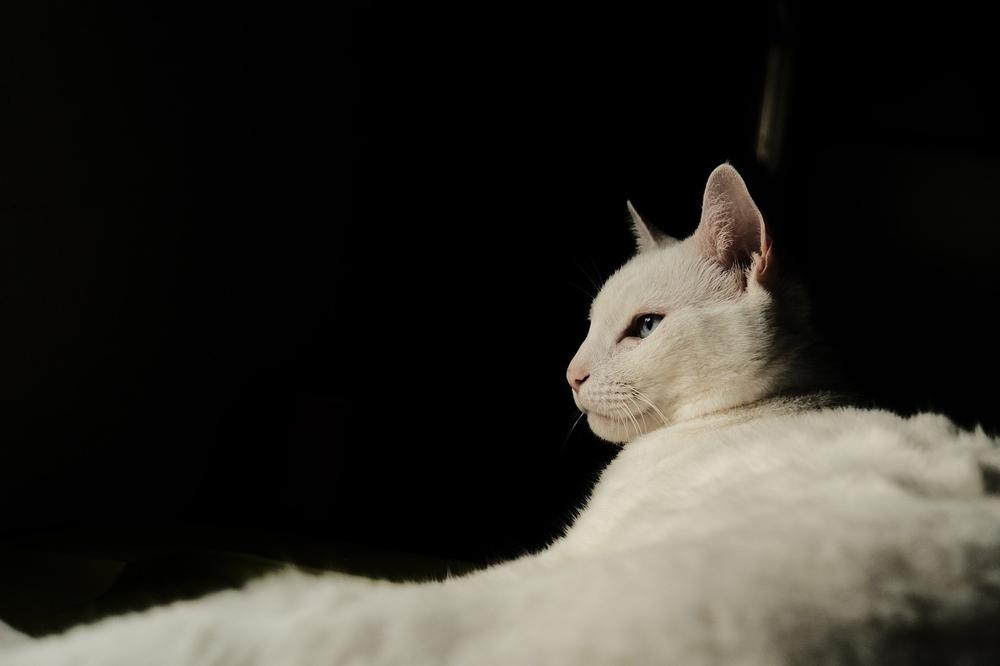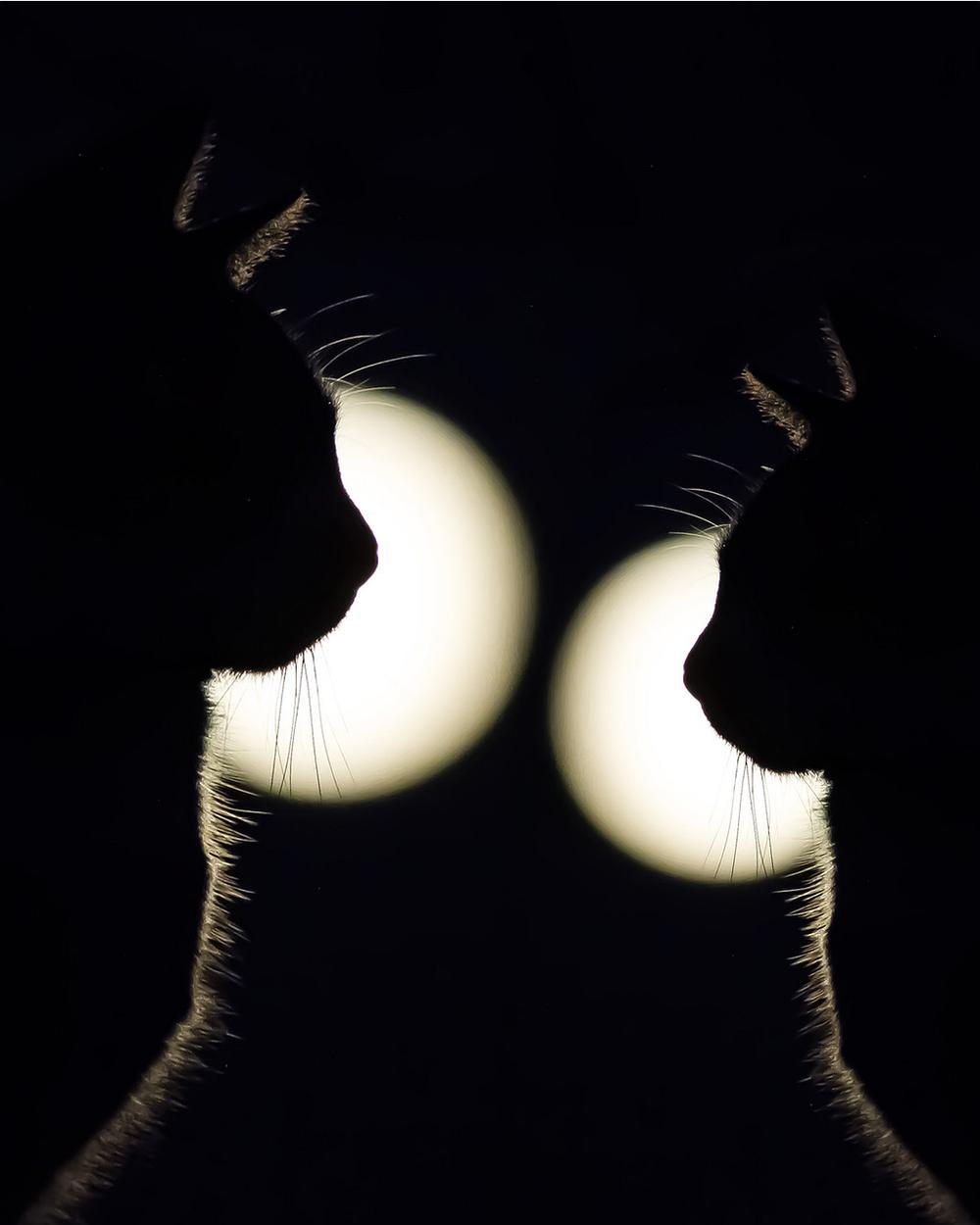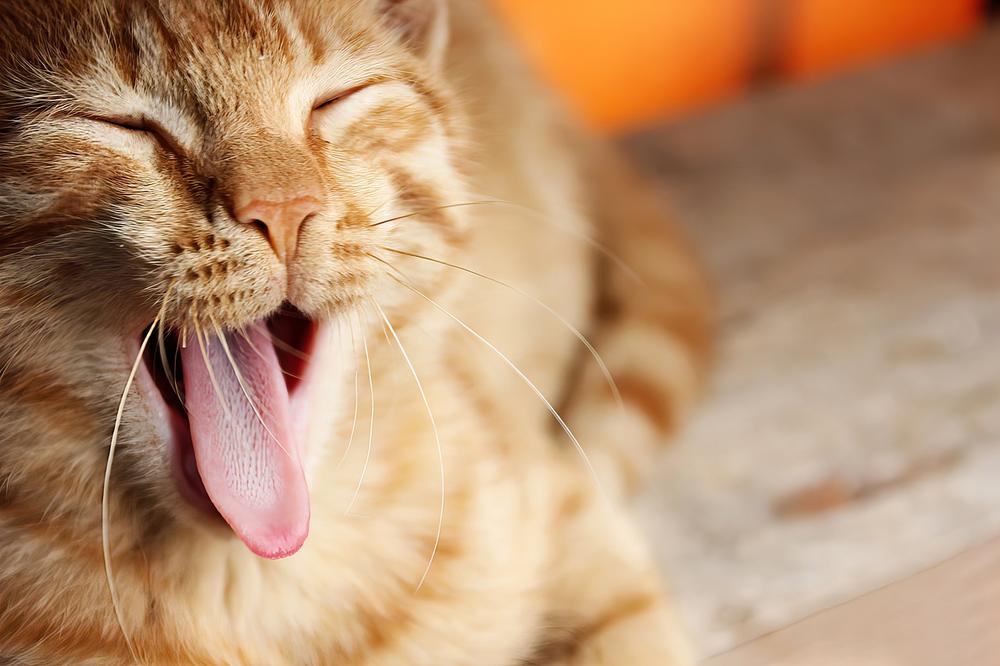Can Cats Eat Ice Cream?

Can cats eat ice cream?
Bet you've wondered about that one, huh? 😺
I mean, we all know felines are the epitome of finicky eaters, but what if they've been missing out on the creamy goodness of a chilled dessert?
In this I Care for Cats guide, we're about to tackle this age-old question head-on.
So, buckle up, folks, and let's dive into the delicious world of cat-friendly treats.
Don't wait another second.
Let's get you the answer you've been desperately seeking.
Can Cats Eat Ice Cream?
Cats should not eat ice cream because it doesn't bring them joy and they can't taste sweetness like humans. Ice cream is high in fat and carbs, which can lead to weight gain and health issues. Stick to treats made specifically for cats instead.
Cats and ice cream don't go well together, no matter how much your furry friend may eye your frozen treat.
It's actually wise to keep that cone as far away from their whiskers as possible.
Now, you might be wondering, why exactly should you keep ice cream away from your cat?
Well, here's a simple fact: cats couldn't care less about the flavor of your ice cream.
I'm serious!
You see, they can't even taste sweetness the way we humans can.
So giving them ice cream won't bring them any extra joy or happiness.
What's worse is that ice cream is loaded with fat and carbs, which are definitely not what your fluffy pal needs in their diet. I mean, who wants their kitty companion to gain weight and possibly face health issues?
Definitely not you!
I must admit, there are a few exceptions though.
Some larger cat breeds, like Ragdolls or Maine Coons, can handle small portions of ice cream.
But let me make this crystal clear – it doesn't mean they should eat ice cream on a regular basis.
It's still best to avoid it altogether.
So listen up!
My advice to you is to stick with treats specially made for our feline friends.
Trust me, there are plenty of options out there that offer better nutritional benefits without compromising their health.
Believe me, your feline companion will thank you for making the right choice.
So leave the ice cream for yourself and spoil your cat with something they'll truly appreciate.
And here's something else that may pique your curiosity.
If you're wondering about the safety of feeding Oreos to your feline companion, I've got you covered.
Head over to my blog post, Can Cats Eat Oreos, where I delve into the potential risks associated with this popular treat.
From exploring the ingredients to discussing the possible health implications, it's a comprehensive guide that will help you make the best decision for your furry friend.
Don't miss out on this valuable information!
What Are the Risks of Feeding Ice Cream to Cats?
Feeding ice cream to cats is definitely a NO-NO.
Here are some additional risks you need to be aware of:
- Ice cream can cause digestive issues, including upset stomach, diarrhea, and vomiting in cats.
- Cats can get brain freeze from cold treats like ice cream, causing discomfort and distress. That's no fun for anyone.
- Excessive sugar intake can lead to weight gain and obesity in cats. So keep an eye on those calorie counts!
- The high fat content in ice cream can result in pancreatitis in cats, which is a painful inflammation of the pancreas.
- Cats with allergies or sensitivities may experience skin problems, such as itchiness and rashes, from ice cream.
- Dairy products like ice cream contain lactose, which most adult cats cannot digest properly. This can lead to digestive issues like gas, bloating, and diarrhea.
Cats are obligate carnivores, meaning they require a diet rich in meat.
Feeding them ice cream not only poses risks but also provides little to no nutritional value.
So, next time you're enjoying a scoop of ice cream, ensure to keep it far away from your feline friends! 😺
But wait, you may be thinking, can cats have any kind of frozen treat?
Well, let's dive into that topic in the next section!
Can Cats Eat Dairy Ice Cream?
Can cats have ice cream?
Well, here's what you should know:
- Most adult cats can't handle lactose and have trouble digesting milk, including the lactose in ice cream.
- Milk-based ice cream often causes tummy troubles like upset stomach, diarrhea, and vomiting for cats.
- While vanilla ice cream won't poison them, it's not a good idea to feed it to cats since it's loaded with dairy and sugar.
- Adult cats become lactose intolerant after they stop producing the enzyme needed for digesting lactose.
- This can lead to uncomfortable symptoms such as diarrhea, gas, and belly pain.
- Unless it's specifically labeled as lactose-free, frozen yogurt is also off-limits for cats.
- However, there is cat ice cream made from lactose-free goat milk and dried bonito fish flakes.
- In small quantities, vanilla ice cream might be alright for cats, but milk in general can cause digestive problems.
- If you have Siamese or Persians, limit their ice cream intake to one teaspoon at a time.
- Cats are drawn to ice cream because of its high fat content and unique texture, but they can't taste sweetness.
Given how sensitive their tummies are, it's best to steer clear of giving cats any ice cream.
But what about non-dairy ice creams?

Can cats safely enjoy these alternative options?
Well, there's a twist to the story!
Let me explain why you need to approach them with caution, and find out how much is too much when it comes to treating your feline friend.
You won't want to miss this important information!
Can Cats Eat Non-Dairy Ice Cream?
Nondairy ice cream can be safe for you and your feline friend, but just be sure to enjoy it in moderation.
If you love cats and indulge in the occasional lactose-free treat, you may wonder if you can share some with your furry companion.
The good news is, you can give them a taste of non-dairy ice cream made with lactose-free milk or alternatives like soya milk, almond milk, and coconut oil.
However, bear in mind that these sweet delights can still have high fat and sugar content, which could lead to health issues such as obesity and diabetes for both you and your cat.
So, while a small scoop won't hurt anyone, ensure to offer non-dairy ice cream sparingly.
Beware of the temptation to try all the flavors of non-dairy ice cream available.

Just like for us humans, consuming too much fat and sugar can have serious consequences for your cat's health. While a little taste is okay, be sure to limit their intake to avoid any potential negative effects.
Here's an interesting twist:
Even vegan ice creams made with lactose-free milk, soya milk, almond milk, and coconut oil should be given in moderation.
Despite being dairy-free, they can still be harmful to your cat due to their elevated fat and sugar content.
So whether you choose sorbet, rice milk ice cream, or any other variety, always be mindful of how much you offer your beloved kitty.
This way, you can ensure their happiness and overall well-being.
But if non-dairy ice cream isn't an option for your cat, there are alternatives that can still satisfy their cravings!
Alternatives to Ice Cream for Cats

If you want to give your cat something besides ice cream, here are some great options for you:
- You can try special frozen treats made just for cats that have very little cream or milk in them. They're safer than regular ice cream.
- There are cat-friendly versions of ice cream available too. They have less cream or milk in them so they're better for your cat.
- If your cat really wants something creamy, low-fat yogurt is a healthier choice than ice cream.
- But be careful! Feeding your cat ice cream and other junk food might make them not want to eat their regular meals. That could make them miss out on important nutrients.
- To keep your cat healthy, give them a diet that's high in protein with good whole meat.
- Wet food without grain and with lots of protein is recommended. Dry food can dehydrate cats because it's processed.
- Look for wet food that's made from high-quality cuts of meat that humans can eat too. It shouldn't have any bad ingredients.
- On hot days, you can give your cat chilled plain yogurt to help them cool down.
- But there are certain foods that you should never give your cat, like sausages, liver, chocolate, garlic, grapes, and more.
Keep these alternatives in mind and you'll be able to give your furry friend a safe and tasty treat!
Conclusion
Key Takeaways:
- Cats should not eat ice cream as a treat due to lack of nutritional benefits and high fat and carbohydrate content.
- Regular ice cream can contain toxic ingredients like raisins, nuts, chocolate, and sugar substitutes.
- Cats can be sensitive to propylene glycol found in mass-produced ice cream, resulting in vomiting, diarrhea, and increased heart rate.
- Chocolate ice cream is especially harmful due to caffeine and theobromine content.
- Cats may have a dairy allergy and react adversely to milk protein called casein.
- Ice cream can lead to weight gain, obesity, tooth sensitivity, and food obsession among cats.
- Most adult cats are lactose intolerant and cannot digest milk in ice cream.
- Vanilla ice cream should be avoided due to high dairy and sugar content.
- Non-dairy and vegan ice creams are high in calories and should be given sparingly.
- Special frozen cat treats marketed as ice cream can be a safer option.
- Plain, low-fat yogurt can be a healthier alternative to ice cream.
- Cats should be fed a high-protein diet with quality whole meat.
- Grain-free and high-protein wet food is recommended for cats' health.
- Chilled plain yogurt can help cool down cats on hot days.
- Cats should avoid a variety of other foods, including sausages, liver, chocolate, bread, and grapes.
And that wraps up today's article.
If you wish to read more of my useful articles, I recommend you check out some of these: If Cat Licks My Food Can I Eat It, Can Cats Drink Chocolate Milk, Can Cats Eat Gummy Bears, Can Cats Eat Jelly, and Can Cats Eat Pistachios
Talk soon,
-Sarah Davis